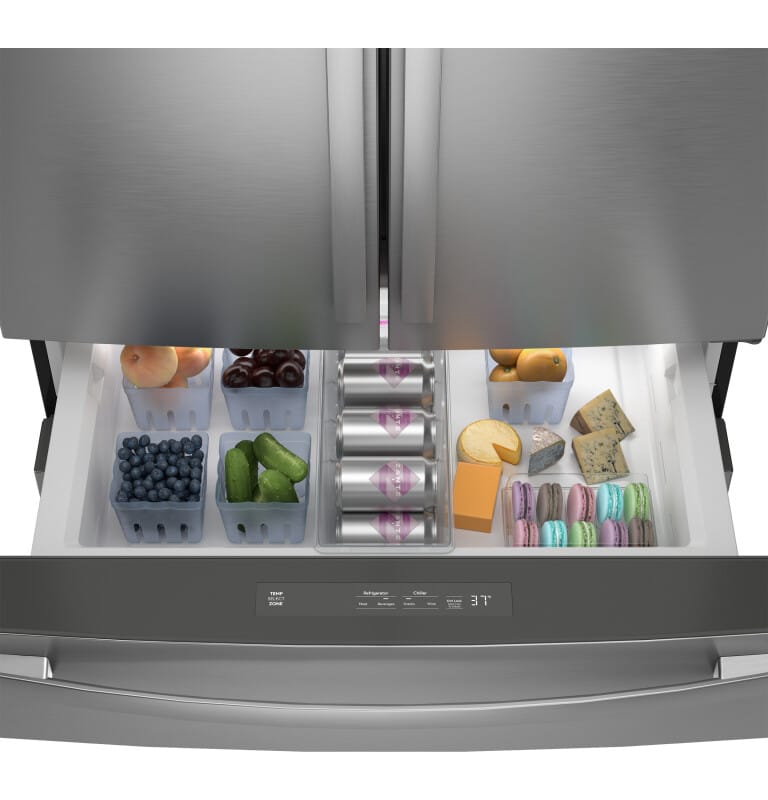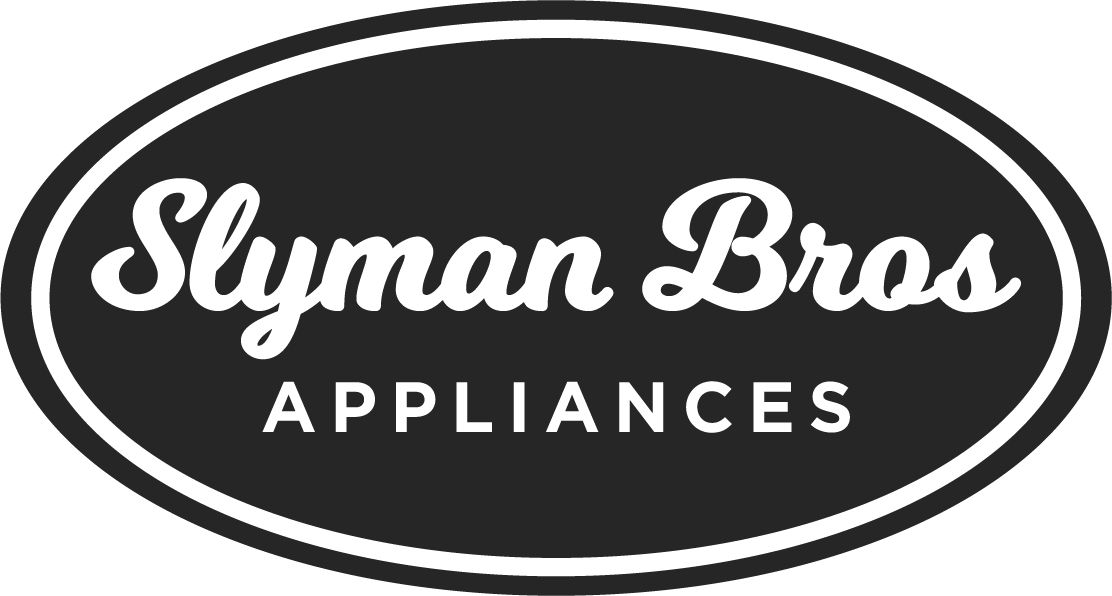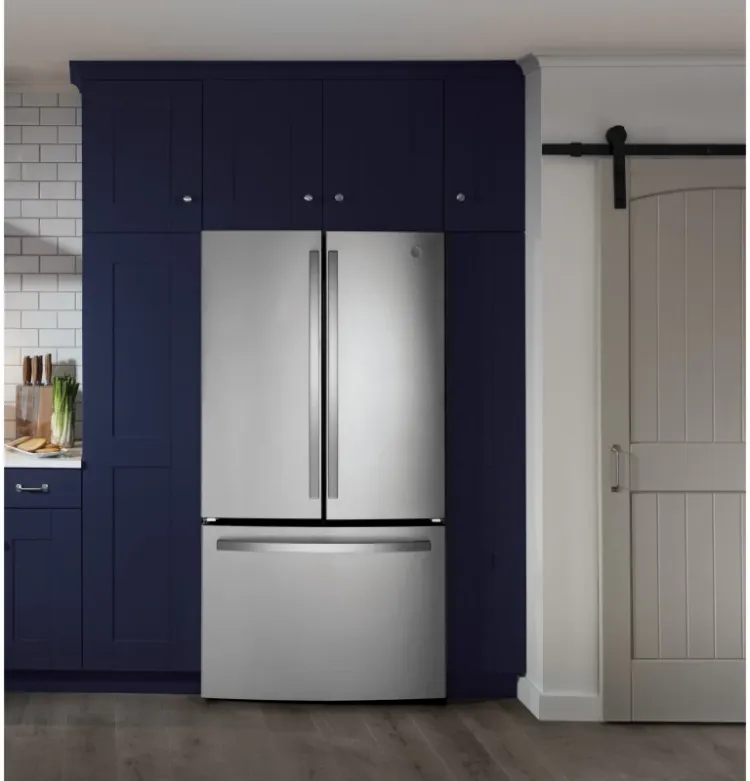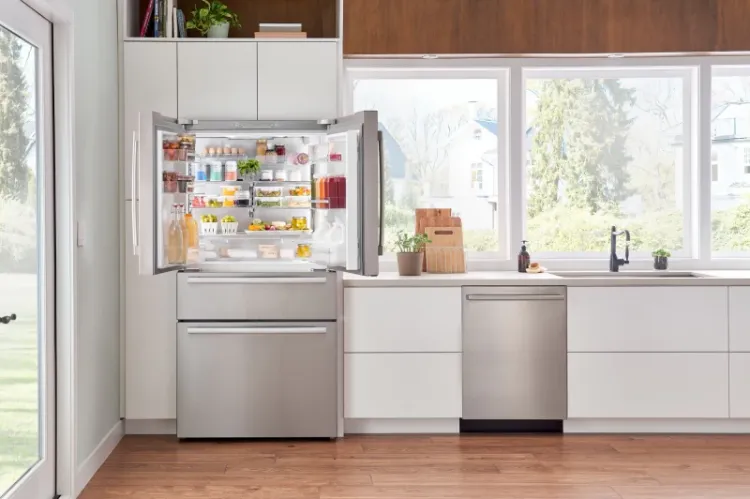Why is My Refrigerator Not Cooling? The Complete Repair Guide

Imagine reaching for a cold drink on a hot day, only to find your refrigerator is more like a pantry than an actual cooler. A refrigerator not cooling is more than just a minor inconvenience; it's a disruption to your daily life. Think about it, if it is not addressed promptly, this can lead to food spoilage and significant waste of your hard-earned money. Understanding the common reasons behind cooling issues is crucial for homeowners.
This guide will dive into the typical culprits of a warm fridge. Identifying the root cause is the first step in appliance troubleshooting, setting the stage for either a DIY refrigerator fix or a call to a professional appliance repair service. Whether you own a french door, side-by-side, top freezer, or bottom freezer refrigerator, timely fridge maintenance and repair can save you from unexpected headaches and keep your appliances running efficiently.
Check the Basics of Your Refrigerator First
Before diving into the more complex troubleshooting steps for your cooling issues it's essential to cover some basics. These simple steps can often solve the problem without the need for extensive maintenance or fridge repair. Here’s what to look out for:
Power and Plug
It might seem obvious, but making sure your refrigerator is properly plugged in and receiving power is an important first step. Sometimes, the plug can become loose due to movement or cleaning, or a tripped circuit breaker can cut off power to the appliance. Check the plug and ensure it's connected to the power outlet. Additionally, verify that the circuit breaker hasn’t tripped, restoring power if necessary.
Improper Temperature Settings
The thermostat controls the temperature inside your fridge, and it's surprisingly easy to knock it off the desired setting accidentally. Check the thermostat to make sure it's set to an appropriate cooling level. If it’s been turned down too low, your refrigerator won’t cool adequately. Adjusting it to the correct setting can quickly resolve the issue.
Gasket Seal Test
The door gasket, or gasket seals, plays a crucial role in keeping the cold air inside your refrigerator. Loose or damaged gasket seals can allow cold air to escape, leading to cooling problems. An easy way to test the seal's effectiveness is with the dollar bill trick. Place a dollar bill halfway in the door and close it. If you can pull the bill out easily, with little to no resistance, the seal may be compromised and require replacement.
By starting with these straightforward checks, you can potentially save yourself time and money on unnecessary repairs. These steps should be the first line of defense in appliance troubleshooting and can often provide a quick fix to common cooling issues.
Common Reasons Why Your Refrigerator Is Not Cooling
When the basics have been checked and your refrigerator still isn't cool, it's time to look into some common issues that might be at the heart of the problem. Here’s a breakdown of some typical reasons for cooling failures and how you should address them:
Blocked Air Vents
- What to Look For
The vents inside your refrigerator are crucial for air circulation. If these vents are blocked by food containers, bags, or built-up frost, it can prevent cold air from circulating properly, leading to uneven cooling or and causing warmer temperatures.
- Fix
It starts with some organization. Rearrange the contents to ensure that the air vents are not obstructed. If frost has accumulated, you might need to defrost your fridge. Keeping vents clear is a simple yet effective DIY refrigerator fix that can improve cooling efficiency.
Dirty Condenser Coils
- What to Look For
Condenser coils, located underneath or behind the refrigerator, play a key role in dissipating heat. Over time, these coils can accumulate dust, pet hair, and debris. This can actually insulate the coils and hinder their cooling capability.
- Fix
Cleaning the condenser coils is a pretty straightforward process. First, unplug your refrigerator to keep any accidents from happening. Then, access the coils either at the back or beneath the unit. Using a coil brush or a vacuum with a brush attachment, gently remove the dust and debris from the coils. This alone can significantly enhance your refrigerator's cooling efficiency.
Faulty Condenser Fan
- What to Look For
The condenser fan helps move air over the condenser coils to cool them. If this fan is faulty or obstructed, it can't perform properly. This leads to overheating and overall poor cooling performance.
- Fix
Inspect the fan for any obstructions, such as debris or in some cases plastic bags. Remove any obstructions you find. If the fan blades do not move freely or if the fan motor emits unusual noises, it may need to be replaced. Replacing a condenser fan is more of a technical task and might require professional appliance repair services.
Evaporator Fan Issues
- What to Look For
Similar to the condenser fan, the evaporator fan circulates cold air throughout the refrigerator and freezer. If the evaporator fan is not working correctly, it can result in poor cooling.
- Fix
Listen for unusual sounds from the fan area, indicating a problem. To check the evaporator fan, you'll need to access the compartment behind the freezer section. If the fan is not running or if it's visibly damaged, it may need to be replaced. This repair is somewhat complex and might be best handled by a professional if you're not comfortable with appliance repairs.
Addressing these common issues can often restore your refrigerator to its optimal cooling performance. Regular refrigerator maintenance, including cleaning and inspecting these components, can prevent many cooling issues from occurring. However, if these steps do not resolve the cooling problems, or if you're unsure about performing any repairs, it's wise to contact a professional appliance repair service to ensure your refrigerator is properly diagnosed and fixed.
Advanced Troubleshooting Steps
If you've gone through the basic and common issues without success, it may be time to delve into some advanced troubleshooting steps. These measures can help identify less obvious problems that might be causing your refrigerator to lose its cool.
Inspect Door Gaskets
- What to Look For: Door gaskets, or seals, are critical for maintaining the cold air inside your refrigerator. Over time, these seals can wear out, become dirty, or lose their shape, leading to air leaks and inefficient cooling.
- Fix: Examine the entire length of the door gaskets for any signs of wear, tear, or deformation. Clean the gaskets with a mild soap and warm water solution to remove any debris or sticky residues that might prevent a good seal. If the gaskets are damaged or have lost their flexibility, replacing them is necessary to restore proper sealing and cooling efficiency. This is a relatively straightforward process that many homeowners can do themselves or with the help of a professional.
Check the Door Switch
- What to Look For: The door switch activates the interior light and, in many models, also controls the cooling circuit. If the switch is faulty, it might think the door is open even when it's closed, stopping the cooling process.
- Fix: Locate the door switch, usually found around the door frame. Test the switch by pressing it; if the interior light doesn't turn off or if there's no clicking sound, the switch might be faulty. Replacing a defective door switch is a simple procedure that can have a significant impact on your refrigerator's performance. Depending on your model, you might need a screwdriver to remove the old switch and install a new one.
Water Line and Valve Checks
- What to Look For: For refrigerators equipped with ice makers or water dispensers, issues with the water line or valve can affect overall performance. A kinked water line or a faulty valve can lead to improper cooling and ice maker issues.
- Fix: Ensure the water line isn't kinked or blocked, as this could restrict water flow to the ice maker and water dispenser. Check the water inlet valve for any signs of leakage or malfunction. If the valve is defective, it may not open properly to supply water to the ice maker, leading to cooling inefficiencies. Replacing a faulty water line or valve typically requires some technical knowledge and might be best handled by a professional appliance repair technician.
These advanced troubleshooting steps address less common, but equally impactful, issues that can prevent your refrigerator from cooling properly. Regular inspection and maintenance of these components can help avoid future cooling problems. However, if you're uncomfortable performing these repairs or if the issue persists, don't hesitate to seek professional appliance repair services. A skilled technician can diagnose and resolve even the most complex refrigerator issues, ensuring your appliance runs smoothly and efficiently.
When to Seek Professional Help
Tackling refrigerator maintenance and repairs can be rewarding and cost-effective for many homeowners. However, recognizing when to transition from DIY fixes to professional assistance is crucial for ensuring the longevity and efficiency of your appliance. Here are key factors to consider when deciding to call in a technician for more complex refrigerator issues.
Beyond DIY Fixes
Complex Repairs
While many refrigerator issues can be resolved with basic troubleshooting, some problems require specialized knowledge and tools. If you've attempted the recommended fixes and your refrigerator is still not cooling properly, or if you encounter electrical issues, coolant leaks, or compressor problems, it's time to seek professional help. Technicians trained in fridge repair can safely and effectively address these complex issues, ensuring your refrigerator returns to optimal performance.
Risk of Further Damage
Incorrectly attempting to fix complex issues can lead to further damage to your refrigerator. This not only complicates the repair process but can also significantly increase repair costs. Professional appliance repair technicians can accurately diagnose and resolve issues without risking additional damage to your appliance.
Warranty and Service
Warranty Coverage
Before attempting any repairs, check your refrigerator's warranty status. Many manufacturers offer a warranty that may cover certain repairs or parts. Attempting DIY repairs on a refrigerator that's still under warranty can void the coverage. If your appliance is covered, contacting the manufacturer or a certified repair service is the best course of action.
Choosing a Reputable Service Provider
When seeking professional appliance repair, it's essential to choose a reputable service provider. Look for technicians with certifications and experience specific to refrigerator repair. Reading online reviews, asking for recommendations from friends or family, and checking for service guarantees can help you select a reliable repair service. A reputable technician will provide a clear diagnosis, an estimate of repair costs, and a timeline for the repair process.
Deciding to seek professional help is a crucial step in ensuring the health and longevity of your refrigerator. Professional technicians can offer peace of mind by accurately diagnosing and efficiently repairing your appliance, allowing you to enjoy uninterrupted service and avoid the inconvenience of a non-functioning refrigerator. Whether facing beyond DIY fixes or navigating warranty and service considerations, professional assistance ensures your cooling issues are resolved promptly and effectively.
Preventive Maintenance to Avoid Future Cooling Issues
Ensuring your refrigerator remains in optimal working condition requires more than just fixing problems as they arise. Proactive preventive maintenance can significantly reduce the likelihood of future cooling issues, extending the lifespan of your appliance and maintaining its efficiency. Here are essential maintenance tips to keep your refrigerator running smoothly.
Routine Cleaning
- Condenser Coils: Regularly cleaning the condenser coils is crucial for efficient operation. Dust and debris accumulation can insulate the coils, reducing their ability to dissipate heat. Unplug your refrigerator and use a coil brush or vacuum with a brush attachment to clean the coils every six months.
- Interior Cleaning: Keeping the interior of your refrigerator clean not only prevents odors but also ensures optimal air flow and cooling efficiency. Spills and crumbs can block vents and lead to odors that might affect the appliance's performance. Wipe down shelves, bins, and walls with a mild cleaning solution regularly.
Optimal Loading
- Efficient Cooling: How you load your refrigerator can impact its cooling efficiency. Overloading can block air vents, restricting the flow of cold air and leading to uneven cooling. Conversely, an empty refrigerator might have to work harder to cool down. Aim for a balanced load that allows for adequate air circulation.
- Proper Arrangement: Store items in a way that allows for free air flow around them. Avoid placing large, tall items directly in front of air vents. Use designated compartments for fruits, vegetables, and meats to maintain optimal temperatures and humidity levels for different types of food.
Regular Inspections
- Door Seals: Check the door seals or gaskets periodically for any signs of wear or leaks. A tight seal is essential for maintaining the cold air inside the refrigerator. Clean the seals with a soft cloth and warm, soapy water to remove any residue that might prevent a proper seal.
- Vents and Fans: Ensure that interior vents are not blocked by food items and that the evaporator and condenser fans are working correctly. Listen for any unusual noises that might indicate a problem with the fans. Regular inspections can help identify and address potential issues before they escalate into major problems.
By adopting these preventive maintenance practices, you can avoid many common refrigerator cooling issues, ensuring your appliance operates efficiently and effectively for years to come. Regular cleaning, optimal loading, and routine inspections not only enhance cooling performance but also contribute to energy savings and reduced repair costs over time.
Now You Have The Answers
Maintaining a properly functioning refrigerator is pivotal not just for keeping your food fresh but also for ensuring energy efficiency and prolonging the lifespan of one of the most important appliances in your home.
Understanding the basics of refrigerator maintenance and repair can save time, money, and prevent the stress of unexpected appliance breakdowns. However, it's equally important to recognize when a problem is beyond a DIY fix. Complex issues, particularly those involving electrical components or refrigerant, require the expertise of a professional. Seeking help from a certified appliance repair technician can ensure your refrigerator is correctly diagnosed and repaired, preventing further damage and ensuring safe operation.



